I attached image:

(source: piccy.info)
So in this image there is a diagram of the function, which is defined on the given points. For example on points x=1..N.
Another diagram, which was drawn as a semitransparent curve, That is what I want to get from the original diagram, i.e. I want to approximate the original function so that it becomes smooth.
Are there any methods for doing that?
I heard about least squares method, which can be used to approximate a function by straight line or by parabolic function. But I do not need to approximate by parabolic function. I probably need to approximate it by trigonometric function. So are there any methods for doing that? And one idea, is it possible to use the Least squares method for this problem, if we can deduce it for trigonometric functions?
One more question! If I use the discrete Fourier transform and think about the function as a sum of waves, so may be noise has special features by which we can define it and then we can set to zero the corresponding frequency and then perform inverse Fourier transform. So if you think that it is possible, then what can you suggest in order to identify the frequency of noise?

